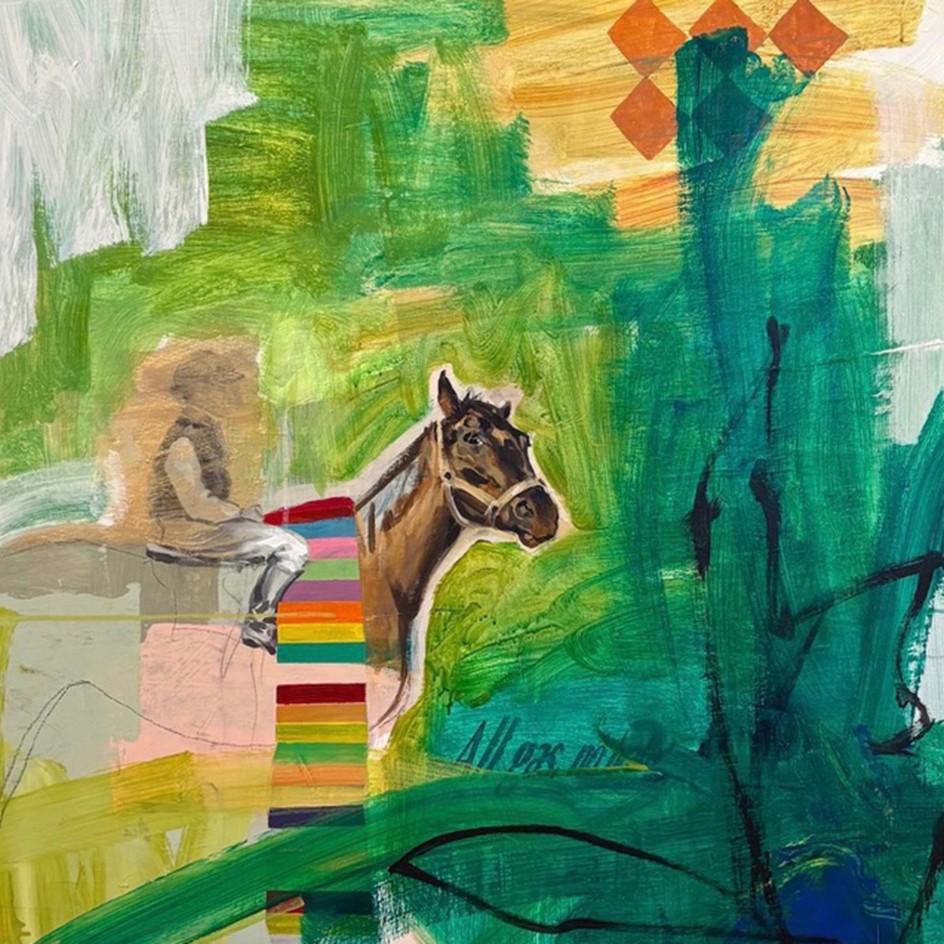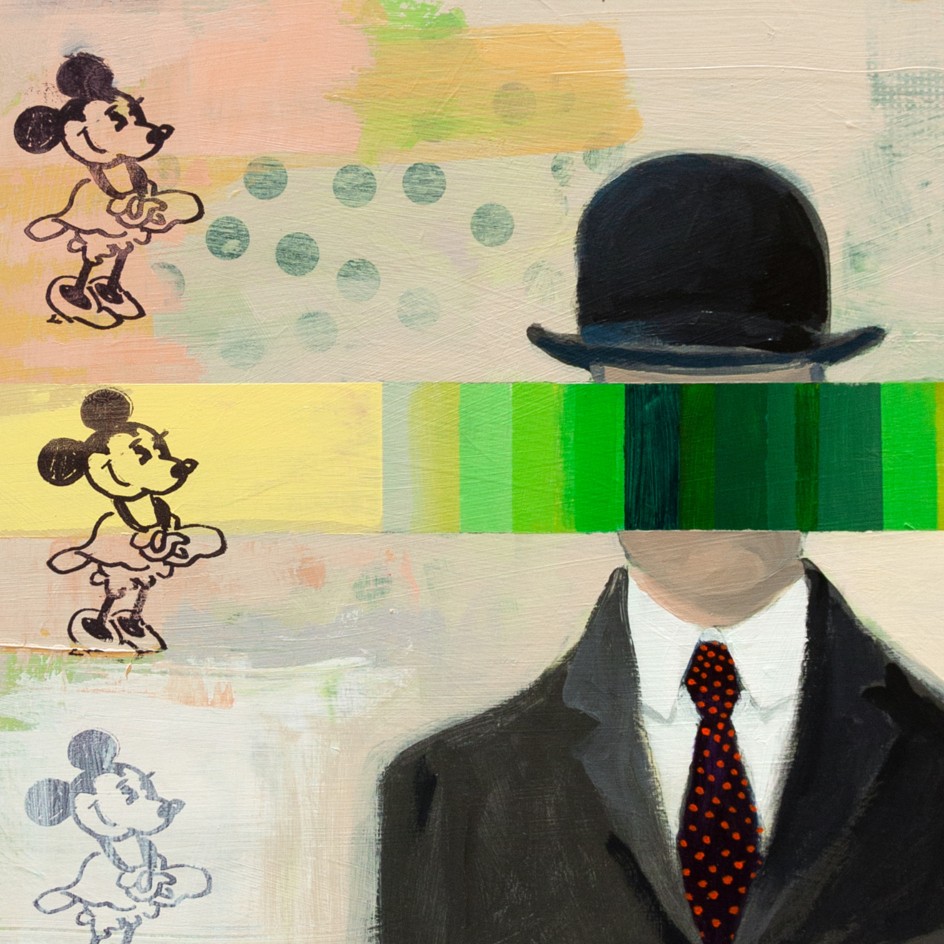Sheldon GREENBERG
Syncretic Overlays
August 22, 2025 - January 10, 2026 at MODERNISM WEST, 2534 Mission Street
Reception for the artist Tuesday, October 21, 6-8PM
-
--1758839246-SQR.jpg)
Pump the Brakes (after Degas)
-
--1758839339-SQR.jpg)
Gold (after Klimpt)
-
--1758839445-SQR.jpg)
I Fink You Freeky (after Balthus)
-

I Put a Spell on You
-

Beyond the Sea
-
--1758841479-SQR.jpg)
When I Think of You (after Matisse)
-

Orange Sherbert
-

Untitled
-

No. 3
-

No. 4
-

No. 5
-

No. 9
-

No. 10
-

No. 11
-

No. 7
-

No. 8
-

No. 12
-

No. 15
-

No. 18
-

No. 19
-

No. 20
-

No. 21
-

No. 23
-

No. 17
-

No. 22
-

No. 24
--1758839246.jpg)
Summary
Modernism is pleased to present seven paintings and nine works on paper by Sheldon Greenberg in Syncretic Overlays. Reminiscent of Robert Rauschenberg, Greenberg appropriates familiar iconography to pay homage to masters who have shaped artistic expression and to explore how their influence resonates in contemporary practice.
The paintings borrow imagery from Old Masters such as Jean Siméon Chardin’s Boy with a Spinning-Top (1738) and Modern Masters like Edgar Degas’s Race Horses (c. 1885-1888), Gustav Klimt’s The Kiss (1908), Henri Matisse’s Large Reclining Nude (1935), and Balthaus’s Les Enfants Blanchard (1937) and Thérèse sur une banquette (1939). Having admired these historic paintings for decades, Sheldon Greenberg wonders whether they might gain new admirers if they were to be reconceived as contemporary art. In pursuit of this question, Greenberg critically broke down what he saw and systematically reconstituted the most fascinating elements in his own contemporary style.
The works on paper offer us insight into Greenberg’s process. While at first glance many appear seemingly abstract, peering through translucent layers of color, the images obscured beneath almost become visible and the artist’s method of redacting visual information to create a more complex amalgamation is revealed.
As eclectic as these works may be, Greenberg has unified them through his use of visual devices carried over from his previous bodies of work. Principal among these are his use of silkscreens, stripes, polka dots and mute charts. The silkscreens are especially important on both a visual and conceptual level. Often taking Greenberg’s photographs of palm trees as their subject, they provocatively disrupt the traditional spatial organization of paintings from past centuries, in addition to distorting the viewer’s sense of time, as they employ a photographic process that didn’t exist in the era of Chardin.
Named after well-known songs from pop culture, Greenberg’s paintings recontextualize landmark works from the canon to offer the viewer an opportunity for a postmodern reconsideration of the works’ cultural, personal and temporal meanings.
Sheldon Greenberg was born in Shreveport, Louisiana in 1956. He studied at the Art Students League in New York from 1985-86 and received an MFA from California College of the Arts & Crafts, Oakland in 1994. His work has been shown across the nation and at museums including the de Young, the San Diego Museum of Art and the Crocker Art Museum in Sacramento. Greenberg has taught painting at The Academy of Art in San Francisco since 2003. He now lives and works in Oakland, California.




